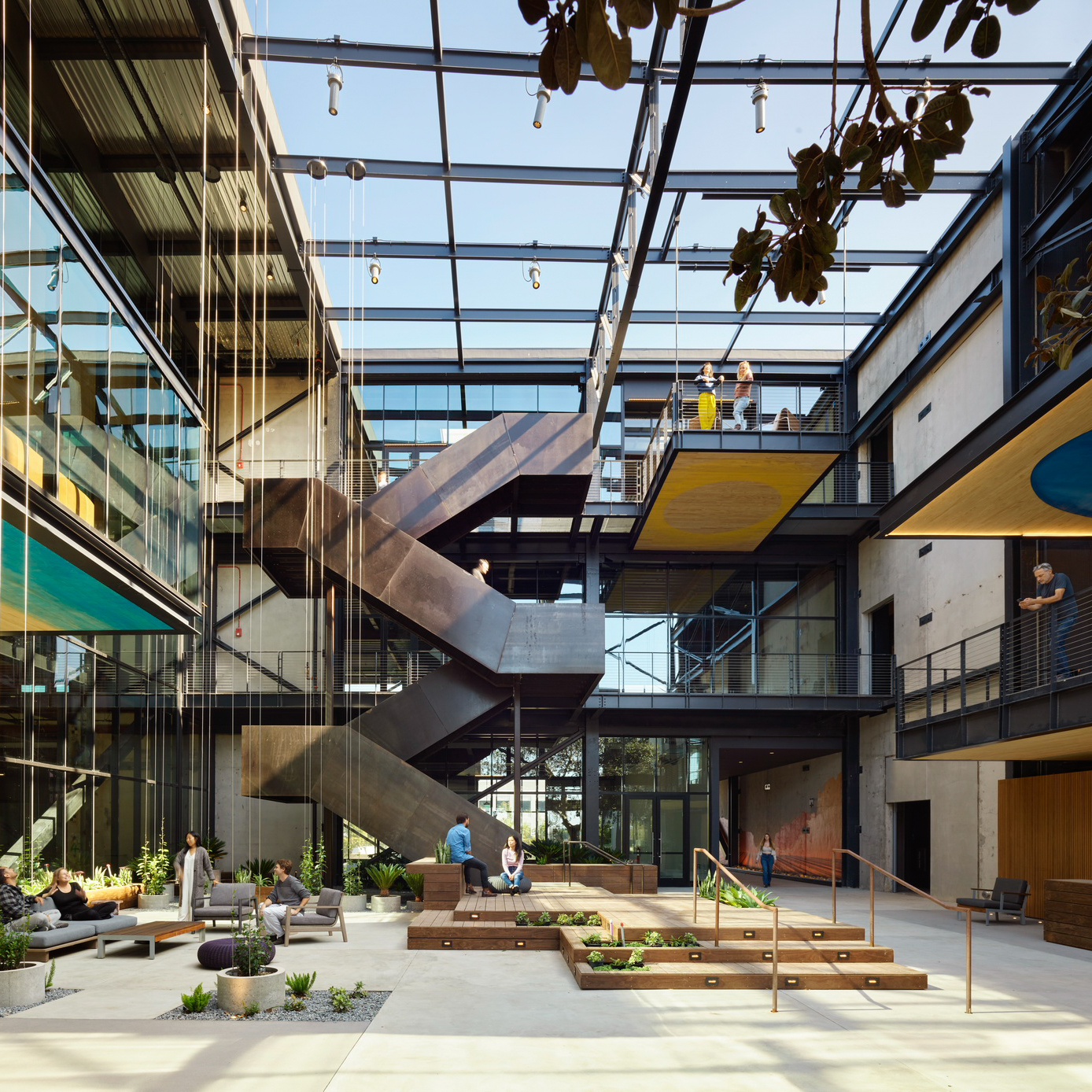Art Deco is a design style that became popular in the 1920s and 30s, characterized by bold geometric shapes and vibrant colors. One of the most iconic pieces of Art Deco design is the glass chandelier, which combines elegant materials with geometric shapes to create a striking centerpiece for any room. In this article, we will explore the history and design of the Art Deco glass chandelier, its influence on contemporary lighting design, and its enduring appeal.
History of the Art Deco Glass Chandelier
The Art Deco movement emerged in France during the 1920s, and quickly spread across Europe and North America. One of the most influential designers of the movement was Émile-Jacques Ruhlmann, who created many of the most iconic Art Deco pieces, including the glass chandelier. Ruhlmann’s chandeliers were characterized by their sleek, streamlined designs, with simple geometrical shapes like circles and rectangles. The glass was often hand-blown and intricately carved, creating a delicate yet powerful effect.
As the Art Deco movement reached its peak in the 1930s, the glass chandelier became a symbol of luxury and opulence. In America, companies like Tiffany and Co. and Steuben Glass Works began producing their own versions of the chandelier, incorporating their own unique styles and techniques.
Design Elements of the Art Deco Glass Chandelier
The Art Deco glass chandelier is characterized by its use of geometric shapes, bold colors, and intricate glasswork. At the center of the chandelier is typically a large, round or rectangular piece of glass, which serves as the focal point of the design. From this central point radiate multiple branching arms or tiers of smaller, more intricate glass pieces, often in contrasting colors or textures.
Shapes and motifs often found in Art Deco glass chandeliers include sunbursts, zig-zags, and chevrons, as well as geometric shapes like squares and circles. The glass itself is often hand-blown and etched, creating a textured and luminous effect that plays with light and shadow. The use of materials like bronze or nickel for the metal components adds to the overall luxurious and opulent feel of the chandelier.
Contemporary Art Deco Glass Chandeliers
Though the Art Deco movement declined in popularity after World War II, its influence can be seen in contemporary lighting design. Today, many designers continue to draw inspiration from the classic elements of Art Deco glass chandeliers, incorporating similar shapes, colors, and materials into their own works.
Contemporary Art Deco chandeliers can be found in a wide range of styles, from sleek and minimalist designs to more elaborate and ornate ones. Some designers use advanced glassworking techniques to create even more intricate patterns and textures, while others incorporate modern technologies like LED lighting into the chandelier’s design.
The Art Deco glass chandelier is a timeless work of design that continues to inspire and captivate people today. Its bold shapes, vibrant colors, and intricate glasswork combine to create a centerpiece that radiates elegance, sophistication, and luxury. From its origins in the 1920s to its enduring popularity today, the Art Deco glass chandelier has become an icon of modern design, a testament to the timeless appeal of bold shapes and beautiful materials.



